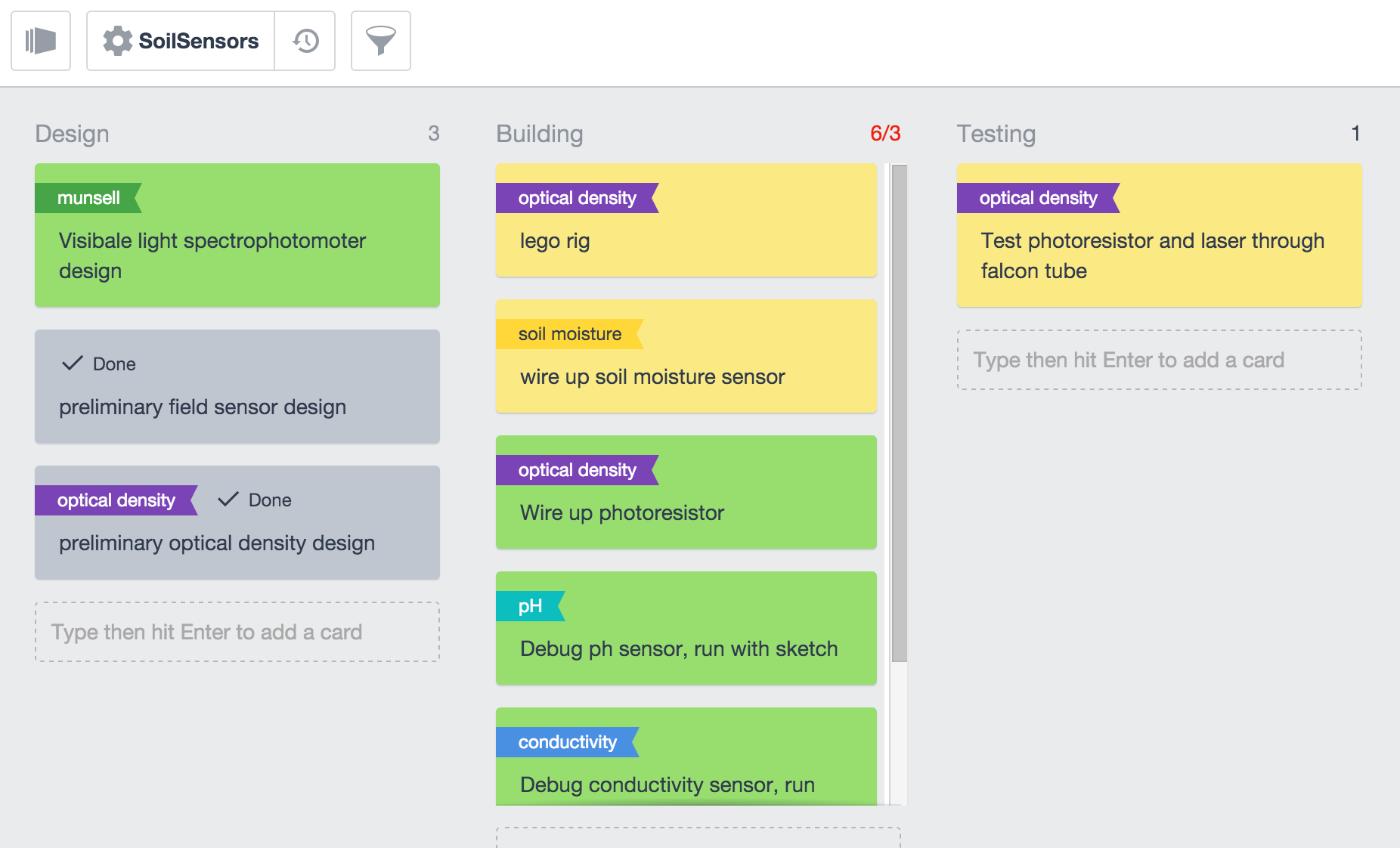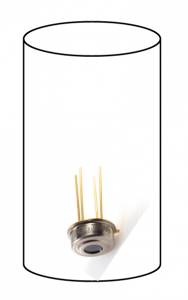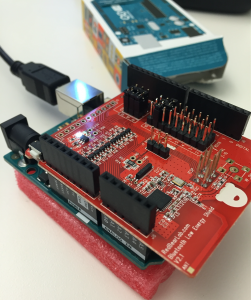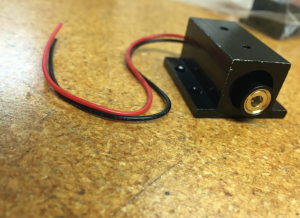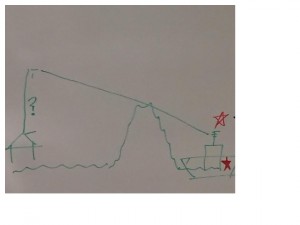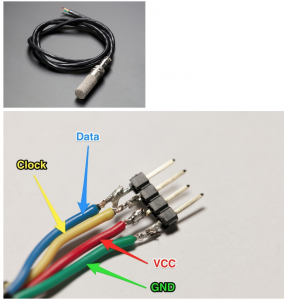So far this semester I have been working on creating spectral standards for the near-mid IR range, using soils of known composition, and the Chemistry department’s FTIR spectrometer. These standards will be used to calibrate the SCIO for field use. The FTIR’s range is significantly farther out in the IR range (smaller wavelengths) than the SCIO. We will compare the SCIO and FTIR spectra by looking for correlated peaks in the respective regions using something like partial least squares regression or support vector machine regression. The SCIO doesn’t make its raw spectral data open, but the SCIOlab software does create a plot of the data. I am going to try to extract the data from the plots using a software called engauge that Kristin has just installed on hopper. Engauge traces the lines in images of plots and outputs the data to csv. It’s all very sneaky.
I am also working on altering the design for the field soil platform flask in OpenSCAD (the field platform will measures temperature and moisture) to be slightly larger and more robust in order to accommodate a BLE shield. It will also need a small cylindrical housing with a cap for the IR temperature sensor.
The organic content transmission laser sensor rig is under construction. I am working with Charlie (and possibly Nic) to prototype it in LEGO. I encourage anyone who likes building things or LEGO to work on this with me, because I am relatively inexperienced with all things LEGO.
I have decided that the BNC sensors for pH and conductivity that I worked on restoring last semester are a lost cause (they are old models, no longer supported or well documented). Charlie is suggesting we reconsider using the lusterleaf with a few small hacks. I am also planning on using pH strips. We can automate the comparison of the measured color to color standards for PH with the RGB platform we will have on hand for measuring the Munsell color profile of the soil.
The Munsell color platform could be part of the same platform as pH and conductivity (science in a box) or could be stand-alone, depending on if we use the Luster Leaf are not. It will basically consist of an RGB color sensor and connected to an Arduino and a python program that converts the RGB values to Munsell values (a linear transformation).
